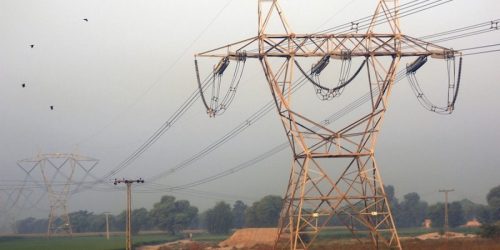The government recently announced successful negotiations with Independent Power Producers (IPP) which can be heralded as a victory for the economy at large. Among other technical points agreed between the Government, and the IPPs, the most crucial point pertains to fixing Return on Equity (RoE) at certain fixed rates. We try to unbundle, and explain in simpler terms, what it all actually means, and how it will benefit the economy.
The two key points are:
- RoE for local investors fixed at 17% with USD-PKR parity of 148, and no indexation
To set the context, we assume that an investor invests USD 100 million for establishing a power plant, and for taking on the risk of establishing a power plant, as well as to earn a return, an RoE of 17% per annum (p.a. in USD terms) was fixed. This simply means that an investor will continue earning 17% (in USD terms) on the USD 100 million invested, for a period of 30 years. This ‘RoE’ component is built into electricity tariff – so when you pay your electricity bill, a certain component of that is actually return for that investor.
But why does it need to be renegotiated? Because, the 17% p.a. return is in USD terms – which means that as PKR depreciates against the USD, the returns increases correspondingly. For example, if PKR depreciates by 7 percent against the USD in one year, the net return in PKR would be 24% p.a., and so on.
As PKR continues to depreciate, the return continues to increase, in addition to the 17% p.a. promised above. Meanwhile, electricity bills are in PKR – which means that whenever PKR depreciates, tariffs need to increase, or subsidy needs to increase in order to balance the books. This arrangement was not sustainable, because as cost of electricity keeps on increasing, its demand will go down, considering elasticity of demand – which will have grave consequences for the economy.
If we need to stimulate the economy, we need cheaper electricity. Fixing ‘RoE’ through negotiations is one such way. In the proposed arrangement, investors will continue getting a return of 15% p.a. (adjusting for prevailing PKR-USD parity) – which considerably compensates them for any potential risks. This will ensure that any PKR depreciation going forward does not bump up returns for investors at the cost of consumers, and the economy at large. A return of 15% p.a. is fair, after considering yields on long-term government bonds, as well as market risk premium – more importantly, investors have already been well compensated for any upfront risk they took, through excessive USD-pegged returns in early years of their respective projects.
- RoE for foreign investors fixed at 12% in USD terms.
Continuing the context set above, if a foreign investor had the same amount above, the returns would have been in excess of 16% p.a. The time period during which such investments were made, the risk premium for Pakistan was considerably high. However, the risk premium has gone down significantly, and that must also be captured in returns promised. A renegotiation of returns for foreign investors ensures that even after depreciation of PKR, net return in PKR terms would largely be in the range of 17-18% p.a., in-line with what has been promised to local investors. More importantly, fixing returns at 12% p.a. captures the reality of the global capital markets, where benchmark rates have been reduced across the board. As discussed for local investors, fixing returns at a lower level will help in containing increase in power tariffs, thereby benefiting local consumers, and the economy across the board.
The renegotiation sets a precedence that complex sovereign arrangements can be renegotiated, and a win-win situation can be extracted for all. Going forward, the next big challenge would be renegotiating the same contracts, and tariffs for CPEC related power projects, such that their capacity charge can also be contained. Power being a key input for industrial, and economic activity – reforming the same is a key stepping stone in kickstarting, and catalyzing industrial activity in the country







